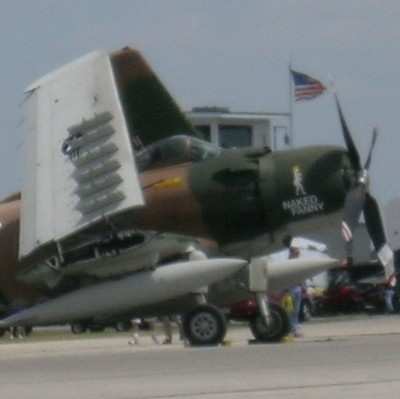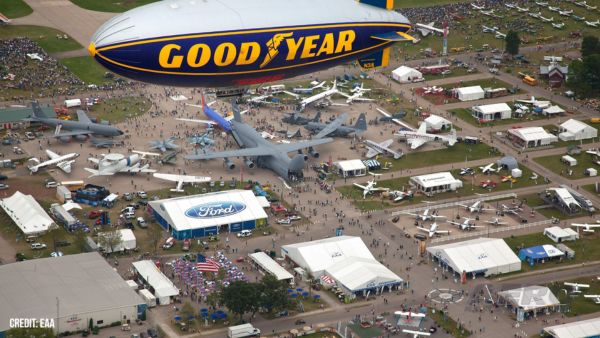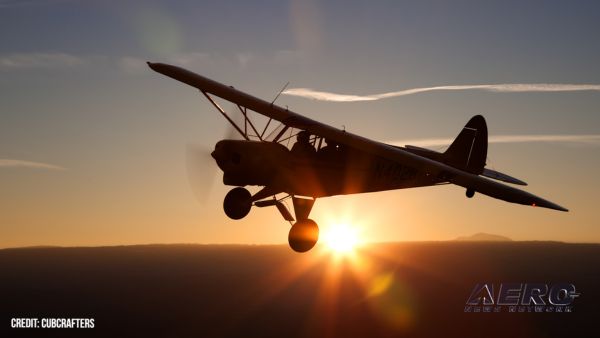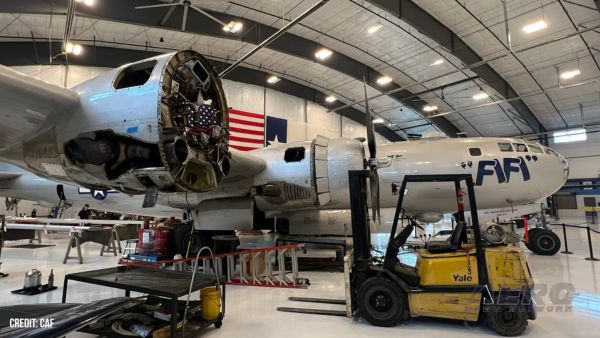Fri, Oct 19, 2007
Advertisement
More News
 ANN's Daily Aero-Term (06.24.25): Intermediate Fix/Initial Approach Waypoint
ANN's Daily Aero-Term (06.24.25): Intermediate Fix/Initial Approach Waypoint
IF/IAWP- Intermediate Fix/Initial Approach Waypoint The waypoint where the final approach course of a T approach meets the crossbar of the T. When designated (in conjunction with a>[...]
 ANN's Daily Aero-Linx (06.24.25)
ANN's Daily Aero-Linx (06.24.25)
Aero Linx: Latin American Civil Aviation Commission (LACAC) The Latin American Civil Aviation Commission, LACAC, is an international organization with a consultative character, and>[...]
 ANN FAQ: Follow Us On Instagram!
ANN FAQ: Follow Us On Instagram!
Get The Latest in Aviation News NOW on Instagram Are you on Instagram yet? It's been around for a few years, quietly picking up traction mostly thanks to everybody's new obsession >[...]
 Classic Aero-TV: Upgrading The Future - Profiling the Stratos 716X
Classic Aero-TV: Upgrading The Future - Profiling the Stratos 716X
From 2018 (YouTube Edition): Stratos Jets Will Initially Be Offered As Kits Stratos Aircraft presented an update on its VLJ program and introduced the Stratos 716 model at AirVentu>[...]
 Aero-News: Quote of the Day (06.25.25)
Aero-News: Quote of the Day (06.25.25)
"As we approach the 24th anniversary of 9/11, it is imperative that we continue to honor those lost by implementing a critical aviation security regulation designed to prevent a re>[...]
blog comments powered by Disqus




